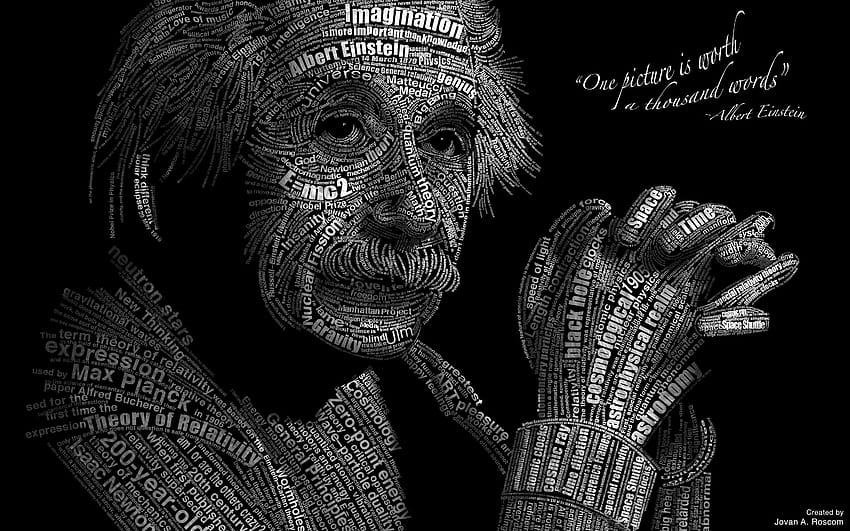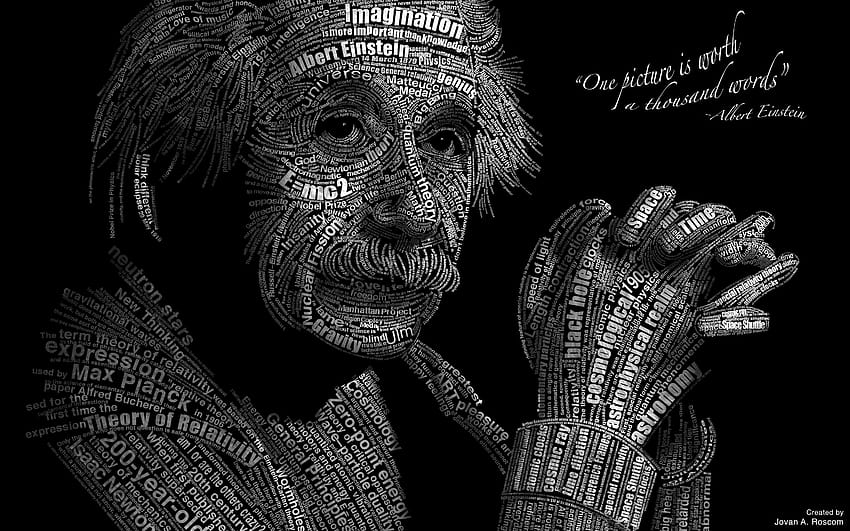the name Mughal is the Persian word for Mongol the people from whom the Mughal Empire originated the Mughal Empire was one of the wealthiest and most powerful empires in history much of their success came from their military they conquered land stretching from Bangladesh to Afghanistan to Northern India and it seemed nothing would stand in their way then they created a refined culture supporting the Fine Arts and developing into an educational center people traveled great distances to learn and practice crafts in the Mughal Empire sadly even this impressive Empire could not hold power forever they eventually began to crumble and were stretched too thin to put down rebellions and outside forces by 1858 the Mughal Empire was gone it's time to look into what caused this great Empire to fail by examining their history we can better understand what made the mughals so powerful and how the power ultimately betrayed them who were the mughals the Mughal Empire began under the barless tribe they originated from Mongolia but had adopted Persian and Turkish culture thus historians usually consider them to be a Persian tribe although there were several Turco Mongol tribes in Central Asia in 1526 bomber led the barless tribe to conquer Northern India where he claimed he had the right to rule the land because a century ago Timmer his ancestor had conquered Delhi although the people of India declined his rule he took it anyway becoming the first leader of the Mughal Empire the commoners were leery of the new Mughal rulers the two sides lacked a Common Language early on and the Ordinary People disobeyed orders at every opportunity however this did not stop the Mughal Empire from settling into India or expanding it had several strong capable rulers the last of which was aurangzeb who ruled from 1658 to 1707. Aurangzeb was profoundly religious so he instituted Sharia law during his rule however this did not stop him from employing Hindus in his government most of his Reign was focused on the military fighting to keep the Mughal Empire together and raiding his neighbors the tension continued to increase as he grew older despite his desire Aurangzeb did not have the technology or people to maintain the kingdom successfully some historians date 1707 as the beginning of the end of the Mughal Empire sending them into a slow but Unstoppable decline how did the Mughal Empire end the Mughal Empire began to crumble after the death of Aurangzeb in 1707. he tried to split the Mughal Empire between his three sons to prevent Another War of succession but they were not content to rule over a third of the land his son Muazam reached the Royal treasure first and became emperor Bahadur Shah the first killing his other two brothers Emperor Bahadur Shah ruled until 1712. his brief rule was marked by rebellions signaling the end of the empire after Bahadur Shah died his sons fell into the same pattern of fighting each other for the throne Shaw's oldest son Muhammad Muizu Din was finally victorious in 1713. he became emperor Jahan darsha but did not rule long his nephew Farooq CR assassinated him during Emperor Jahan darsha's short Reign one of his most memorable accomplishments was creating The Celestine The Celestine or Red Fort was where the Mughal royal family lived in 1713 Emperor Jahan darsha made it illegal for them to leave The Celestine the number of princes and their families grew yearly and they lived in slum-like conditions a high wall surrounded the salatine so the common people could not see inside the emperor's relations lived in Mad houses in the prison and many were starving the emperor gave them a small allowance but never enough to feed the whole family as a result both the people in the Solar team and the emperor had to use money lenders to keep up with the growing population of course some people tried to escape the few successful ones fled the Empire becoming guests of other rulers most however did not and there were a few opportunities for education or self-improvement within the walls of the Red Fort although the Mughal Empire held some Authority the real power gradually transferred to commanders Governors and courtiers as the Empire crumbled they used their political and Military ability to control various emperors for example Farooq CR rested the throne from his uncle with support from Saeed Abdullah Khan and Saeed Hussein Ali khanbara they were brothers and governors of allahabad and Bihar when farook sayar could not enrich or overthrow these brothers he soon found himself under their political power he was only a figurehead although he tried to free himself with poison and political manipulation he was never successful in 1719 the Syed Brothers overthrew furukshiar blinding and imprisoning him before killing him on April 19 1719. they then placed Rafael Derijat on the throne accidentally creating a new pattern for succession over the next 40 years the Mughal Court went through seven overthrown Emperors and each Emperor was only a puppet taken from the saline under the power of a commander without education or experience these saltine rulers were left at the mercy of the influential people who were slowly tearing the Mughal Empire apart most Celestine Emperors only ruled for a few months but the longest soliciting ruler was Muhammad Shah who ruled from 1790 to 1748. he was still a child when he was placed in the Red Fort however his mother gave him as good an education as possible by the time the Saeed Brothers enthroned him on September 27 1719 he had enough of an education to note the brothers held all the power luckily the Saeed Brothers had enemies of Their Own within the first year of his rule one of those enemies named Assaf Jah the first tried to start his own Dynasty with Muhammad Ibrahim both were defeated but Emperor Muhammad Shah struck a deal with Asaf Jah the first it included Saeed Hussein Ali Khan's assassination leaving Muhammad Shah for you to command the Empire's Army he then sent another Noble to attack Syed Abdullah Khan which resulted in his capture and eventual execution Muhammad Shah was free of the Saeed Brothers but historians still considered him one of the weakest rulers of the Mughal Empire even though he did not have excellent leadership skills to hold together his Empire Muhammad Shah was deeply passionate about the Arts he was a writer and supported Sufi devotional music he also opened schools making education more available to commoners and encouraging schools to teach the Quran which was translated into Urdu and Persian however Muhammad Shah invested more heavily in the Arts than the government and the political area suffered under his Reign the Mughal Empire continued to crumble in fragment pieces of the Empire broke off or were captured by outside forces the emperor finally learned to Value government during battles with the Marathi Empire as the Mughal Empire continued to lose land on all sides they finally won a battle in 1748 at the Battle of Manipur against the Afghans but the price was high when Emperor Muhammad Shah learned how many Mughal soldiers had died he locked himself in his room and supposedly died from grief from here the Empire continued to fall apart struggles plagued the court and the few remaining princes were puppets because they did not have education or political training at this time the maratha Confederacy was one of the most forceful enemies the Mughal Empire faced they continued pushing into Mughal territory in 1757 they laid Siege to Delhi the city endured for five months but the marathas finally forced them to surrender by 1760 the once large Mughal Empire had shrunk to Delhi and a few suburbs Emperor Shah Alam II tried to restore some of his Kingdom's Glory by attacking land held by the British East India Company this plan was unsuccessful II had to submit to them in 1763. he was never pleased with the deals he made with them but it was not strong enough to push them out of India instead European influences in India changed the political scene thwarting Sha Alam II at every turn and moving the Mughal Empire closer to its downfall The Last Emperor was bahadur Shah II who was placed on the throne by the British East India Company in 1837. he was already older and wanted to stay out of politics sadly in 1857 the Indian landowners and rulers rebelled against British rule they named bahadur Shah II as their true emperor the Rebellion lasted only four months but the British were determined to stop such rebellions from occurring again they placed bahadur Shah II on trial for treason and banished him to Burma they then destroyed many Mughal religious and cultural sites finishing the Mughal Empire once and for all what was the impact of the Mughal Empire although the Mughal Empire no longer rules India today it still significantly impacted world history the empire was split into nobility and commoners the social and economic differences between the two groups were Stark the commoners lived in small dirt houses they were too poor to regularly afford weed or meat which was in stark contrast to the members of the elite the vastriches of the elite gave the world a rich culture that still echoes in Indian art today Hindu and Muslim culture experienced its golden age between the 16th and 17th centuries under the Mughal Empire the two groups rarely influenced each other partially because of the profound social separation generally the nobility was Muslim the commoners were Hindu despite this divide most Emperors respected the Arts and even practiced specific crafts like calligraphy poetry astronomy music and architecture despite the general support for culture during the Mughal Empire artists were not inventive they served at the pleasure of the emperor in displeasing them risked their jobs and lives however this caution did not extend to literature where no significant censorship existed while authors never openly attacked the nobility they were also not punished for describing Emperors negatively or using satire however the most well-known Mughal cultural achievements come from their architecture they refined the Persian style taking their refinements so far that their buildings became uniquely theirs the most famous piece of Mughal architecture is the Taj Mahal the tomb of mumtaz Mahal she was Emperor Shah jahan's favorite wife and it still stands today as a beautiful Monument to the power of love the Taj Mahal is actually a complex complete with Gardens guards were an important part of Mughal architecture although they had already been part of Indian culture the Mughal Empire refined them into an art their Gardens were designed to be peaceful so the paths formed a grid around the beds and Landscaping they introduced various exotic plants and animals from Central Asia Europe and the Americas it often had flowing water creating a beautiful and Serene environment the Taj Mahal complex has many buildings including a mosque mausoleums for Emperor Shah jahan's other wives and a guest house in the center is the main tomb created out of white marble intricately decorated with carvings and paintings much like other Mughal buildings they also inlaid precious stones into their artwork A Unique element separating Mughal architecture from others in the area Mughal artwork continues to inspire people today even though their empire has passed into history their art reminds us of their courage and creativity that inspired one of the largest Empires to ever rule on Earth.
Post a Comment
0Comments



